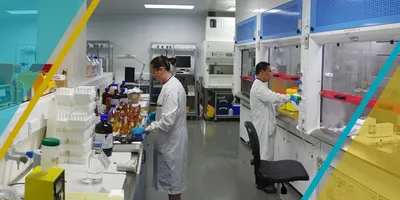EPA has released a draft risk evaluation for 1,2-dichloroethane (ethylene dichloride) that identifies unreasonable risk to human health and the environment under several conditions of use, including commercial use as a laboratory chemical. The evaluation covers 15 use scenarios—such as manufacturing, repackaging, processing, and disposal—that may expose workers or occupational non-users to hazardous concentrations.
EPA found dermal and inhalation risks for workers and inhalation risks for occupational non-users. Dermal exposure for non-users was not assessed since these individuals are not expected to handle the chemical directly.
New exposure limits show a major gap with OSHA’s current PEL
The draft evaluation sets an existing chemical occupational exposure value of 0.014 ppm (0.058 mg/m³) as an eight-hour time-weighted average. Exposures below this level are not expected to increase risk, according to EPA. The value represents a dramatic reduction compared with OSHA’s outdated 50-ppm PEL, established in 1979.
Other benchmarks include the NIOSH REL and California PEL at 1 ppm and the ACGIH Threshold Limit Value at 10 ppm. EPA states it may incorporate non-risk factors when determining a final existing chemical exposure limit.
What lab managers should review in light of EPA’s findings
For laboratories that use 1,2-dichloroethane in synthesis, materials testing, or solvent applications, EPA’s draft findings signal the need to reevaluate ventilation systems, chemical hygiene plans, PPE requirements, and air-monitoring strategies. Once the draft evaluation is published in the Federal Register, EPA will begin a public comment period, including requests for input on byproducts and assumptions about PPE effectiveness.
This article was created with the assistance of Generative AI and has undergone editorial review before publishing.












